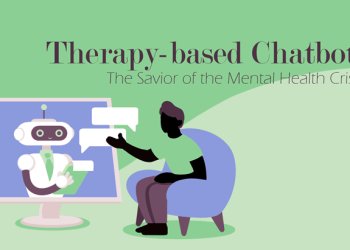A groundbreaking study conducted by researchers at Mass General Brigham reveals that crucial information about hypertension may be hidden within electronic health records (EHR). By utilizing natural language processing (NLP), a form of artificial intelligence, the researchers were able to identify patients with signs of left ventricular hypertrophy (LVH), a thickening of the heart muscle commonly associated with hypertension. When physicians were alerted to these findings, they were nearly four times more likely to diagnose hypertension and prescribe appropriate treatment.
The study, published in JAMA Cardiology and presented at the 2025 American College of Cardiology’s Annual Scientific Session & Expo, highlights the potential of automated methods to tap into existing EHR data and improve patient care.
“Hypertension is often referred to as the ‘silent killer’ because it can go unnoticed, even when blood pressure levels are dangerously high,” said Dr. Jason H. Wasfy, senior author of the study and a cardiologist at Massachusetts General Hospital (MGH). “Without regular screenings, high blood pressure can gradually damage the heart and blood vessels, leading to serious health problems that could have been prevented with early detection.”
Despite the prevalence of hypertension, nearly half of individuals in the United States remain unaware or untreated. The study aimed to explore how routine clinical data could reveal hidden clues to better detect and manage the condition.
Dr. Adam Berman, lead author of the study and assistant professor at NYU Grossman School of Medicine, noted the vast amount of information generated through standard medical tests, which often contains subtle indicators of conditions like hypertension. “Our research demonstrated that much of this critical data is underutilized and could be leveraged to enhance patient care,” Berman explained.
The research team employed NLP to analyze data from echocardiograms (heart ultrasounds) to identify signs of LVH. They identified 648 patients at Mass General Brigham who had no prior diagnosis of heart muscle issues and were not being treated for hypertension. Half of the patients were randomized to receive the intervention, where a population health coordinator notified their doctors about the LVH findings and offered additional resources, including blood pressure monitoring and cardiology consultations. The control group received standard care without this intervention.
Results showed that patients in the intervention group were significantly more likely to receive a new hypertension diagnosis (15.6% vs. 4.0%) and to be prescribed antihypertensive medication (16.3% vs. 5.0%). There was no notable difference in the number of follow-up appointments between the two groups, and most clinicians (72% of those who responded) viewed the intervention positively.
The study’s findings underscore the potential for integrating automated data-driven approaches into clinical practice to enhance healthcare delivery. However, the team recognizes that further research is needed to determine how such interventions can be scaled and adapted to larger healthcare systems.
“The ultimate goal is to augment traditional care by utilizing existing data,” Berman concluded. “Our study demonstrates that digital information already available in patient records can be harnessed to improve care and outcomes for individuals with hypertension.”
Related Topics


































